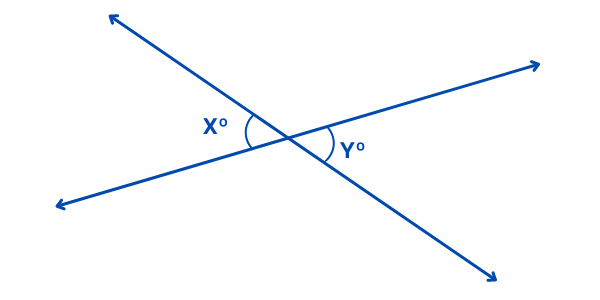Types of Angles
What is Angle?
An angle is formed by two rays with a common endpoint. We measure the size of an angle in DEGREES. Sides and Vertex are the two components of an angle.
The two rays forming the angle are called sides. The common endpoint of the rays is called the vertex.

Types of Angles
There are mainly SIX types of angles based on their measure of the angle. They include:
- Acute Angles
- Right Angles
- Obtuse Angles
- Straight Angles
- Reflex Angles
- Complete Angles
Related Topic: Identifying Quadrilaterals
1. Acute Angle
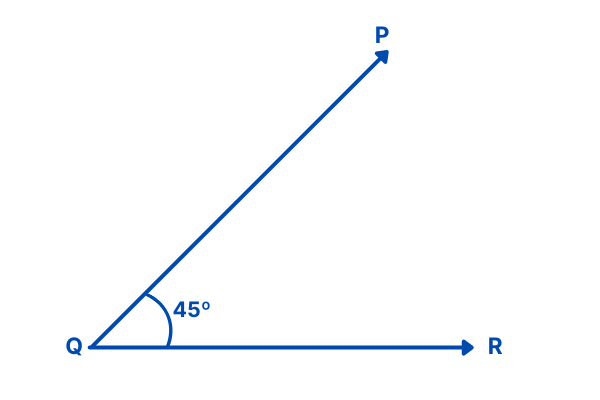
An acute angle is an angle that lies between 0° and 90°. It means an acute angle is greater than 0° but less than 90°. In the above picture, the angle ∠PQR formed by the intersection of PQ and QR which measures 45°. Thus ∠PQR=45° is an acute angle. Common examples of acute angles include 15°, 30°, 45°, 80°, etc.
2. Right Angle
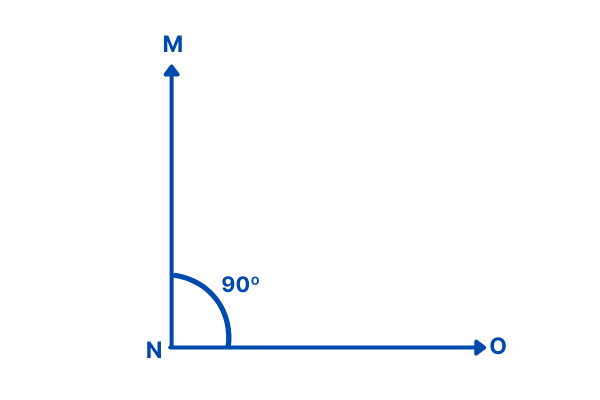
A right angle is an angle whose measure is exactly 90°. It is mainly formed when two straight lines are perpendicular to each other. ∠MNO = 90°.
3. Obtuse Angle
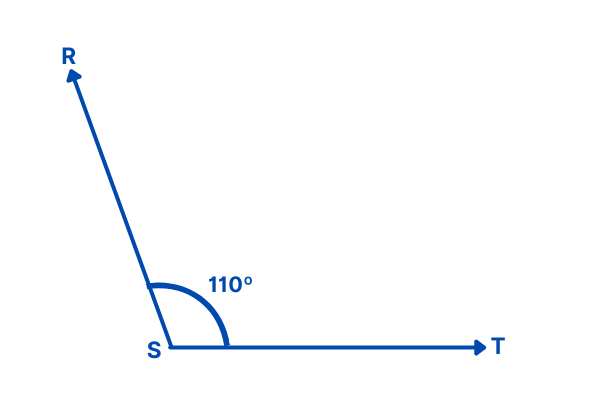
An obtuse angle is an angle that lies between 90° and 180°. It means an obtuse angle is greater than 90° but less than 180°. In the above picture, the angle ∠RST formed by the intersection of RS and ST which measures 110°. Thus ∠RST=110° is an obtuse angle. Common examples of obtuse angles include 100°, 115°, 145°, 160°, etc.
4. Straight Angle

A straight angle is an angle whose measure is exactly 180°. It is one-half of a whole circle. Straight angle is a combination of acute angle and obtuse angle.
Acute angle = Straight angle – Obtuse angle
Example: 180° – 110° = 70° ( acute angle )
Obtuse angle = Straight angle – Acute angle
Example: 180° – 40° = 140° ( obtuse angle )
5. Reflex Angle
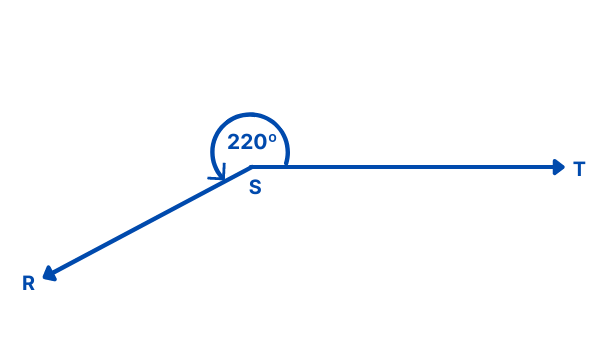
A reflex angle is an angle that lies between 180° and 360º. It means a reflex angle is greater than 180° but less than 360°. [Between straight angle (180º) and a whole turn (360º)]. In the above picture, the angle ∠RST formed by the intersection of RS and ST which measures 220°. Thus ∠RST=220° is an reflex angle. Common examples of obtuse angles include: 190°, 215°, 345°, 350°, etc.
6. Complete Angle
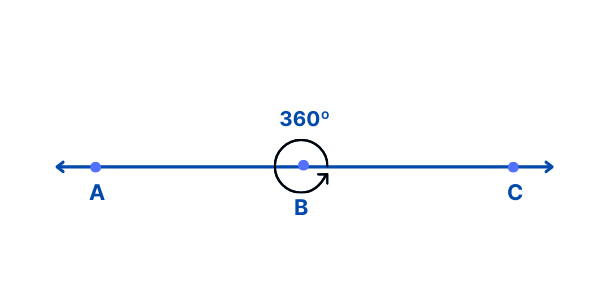
Other Types of angles: How to name a pairs of angles
Complementary Angle
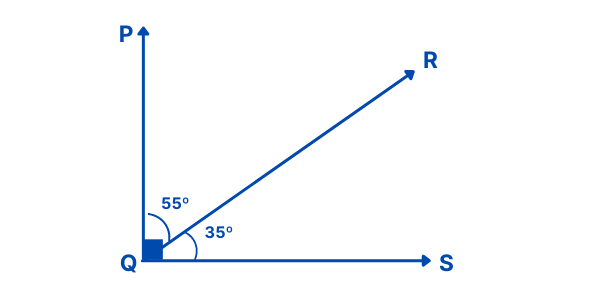
If the sum of two angles is equal to 90°, then they are called complementary angles. One of the complementary angles is said to be the complement of the other.
In the above picture, ∠PQR + ∠RQS = 55° + 35° = 90°.

Example: 53°
To determine the complement, subtract the given angle from 90°.
90° – 53° = 37°,
Therefore, the complement of 53° is 37°.
Supplementary Angle
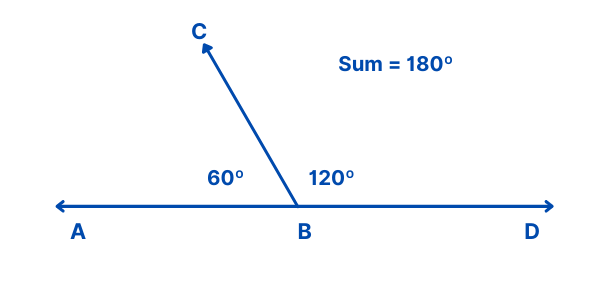
If the sum of two angles is equal to 180°, then they are supplementary angles. One of the supplementary angles is said to be the supplement of the other.
In the above picture, ∠ABC + ∠CBD = 60° + 120° = 180°.
Example: 75°
To determine the supplement, subtract the given angle from 180°.
180° – 75° = 105°,
Therefore, the supplement of 75° is 105°.
Linear Pair Angles

Adjacent Angles
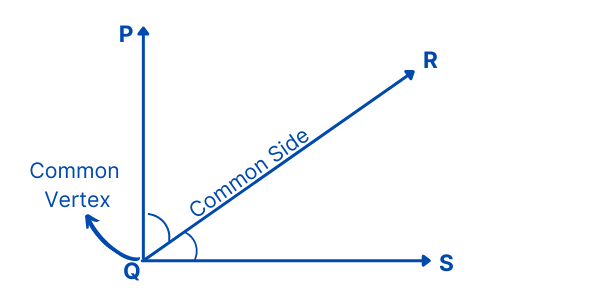
Vertically Opposite Angles
